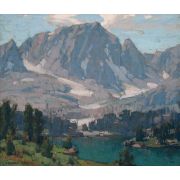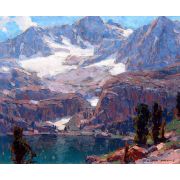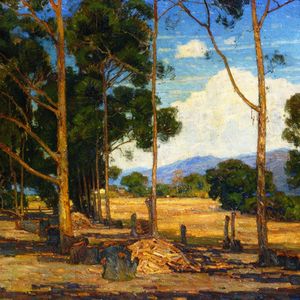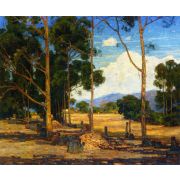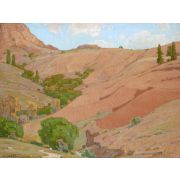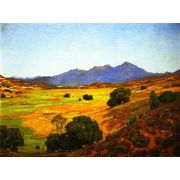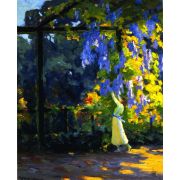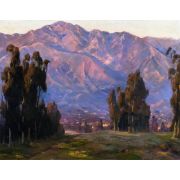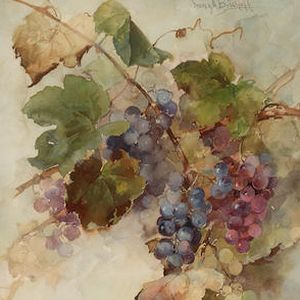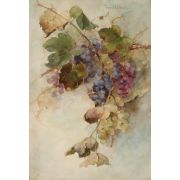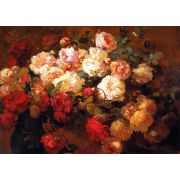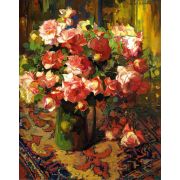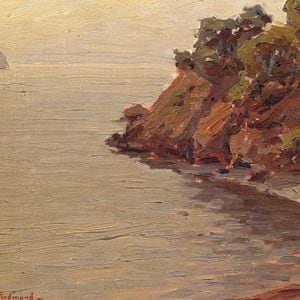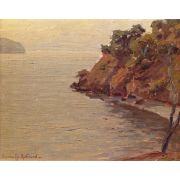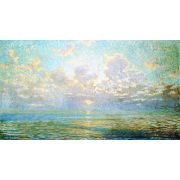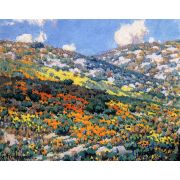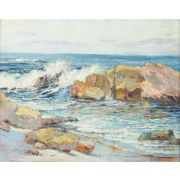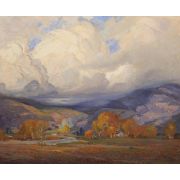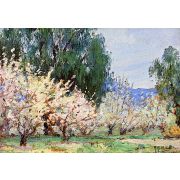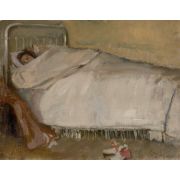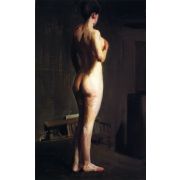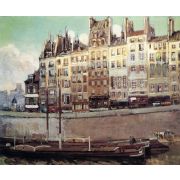
California Impressionism
California Impressionism
1 to 7 out of 7 artists
Edgar Alwyn Payne
1882 -1947, American / California Impressionism, 277 works
William Wendt
1865 -1946, German / California Impressionism, 198 works
Jean Mannheim
1862 -1945, German / California Impressionism, 175 works
Franz Bischoff
1864 -1929, American / California Impressionism and American Landscape, 139 works
Granville Redmond
1871 -1935, American / Impressionism and California Impressionism, 69 works
Anna Althea Hills
1882 -1930, American, Female Artist / California Impressionism, 37 works
Alson Skinner Clark
1876 -1949, American / California Impressionism, 7 works
1 to 7 out of 7 artists
California Impressionism and California Plein-Air Painting represent 20th-century California painters who worked outside (en Plein air), straight from nature. In the early 1900s, their art was popular in San Francisco and Southern California. The California Impressionists are a subsection of the California Plein-Air School.
The California Impressionists painted the state's foothills, mountains, seashores, and deserts from south to north. Before the Great Depression, California Impressionism was popular. California Impressionists used bright, colorful palettes and free, painterly brushwork influenced by French Impressionism and Post-Impressionism. Artists congregated in Carmel-by-the-Sea, Laguna Beach, San Francisco, Los Angeles, Pasadena, and Giverny. Guy Rose and Alson Clark were trained and affiliated with European Impressionists and inspired California Impressionism.
The California Art Club, the Painters and Sculptors Club, San Francisco's Sketch Club, The Carmel Art Association, The Laguna Beach Art Association, and the Los Angeles Museum of History, Art, and Science popularized the California Impressionists' art. In the late 1920s, impressionist-influenced art was considered old-fashioned and conservative in California but not Europe or the East. In the 1930s, contemporary trends prevailed, and the movement declined.
California Plein-Air slowly declined. Art historians have called California Impressionism "the Indian Summer of American Impressionism," yet it gradually lost favor in the press and among collectors. Depression-era art sales were terrible. The economics sped up the collapse of Plein-air painting, and modernity replaced Southland painters.
In the late 1920s, interest in California Impressionism waned. In the 1920s, Southland artists were nicknamed The Eucalyptus School. Art historians like Nancy Moure of the Los Angeles County Museum of Art and Harvey Jones of the Oakland Museum of California recognized a strong trend of Impressionist-influenced artists in California between 1900 and 1930. Historic preservation and the Arts and Crafts Movement helped popularize California's impressionist artists.
Young curators, art historians, and dealers started mounting shows and writing about the California Impressionists as interest in the Arts and Crafts Movement and historic preservation grew. California Impressionism was popular in the 1980s. The Peterson Galleries in Beverly Hills staged retrospective shows for Franz Bischoff and other Plein-Air artists with tiny color catalogs, signifying that the early painters of Los Angeles were worthy of academic and commercial attention. Nancy Moure organized a 1977 William Wendt retrospective at the Laguna Art Museum. The following year, Moure published the Dictionary of Southern California Artists. The 1920s. More coordinated a retrospective of Laguna Beach artists for the museum.
In 1981, the Los Angeles County Museum of Art staged an early California painting display commemorating the city's bicentennial. Ruth Lilly Westphal published The Southland in 1982. 1986's Plein-Air Painters of California: The North was Westphal's follow-up. These still-in-print volumes revived interest in these paintings.


